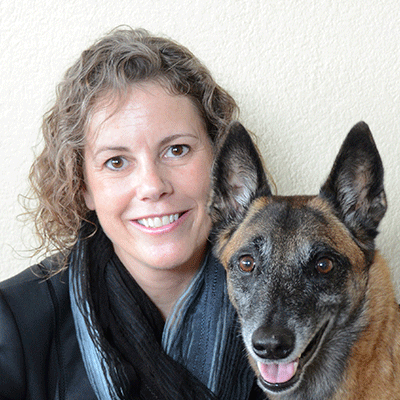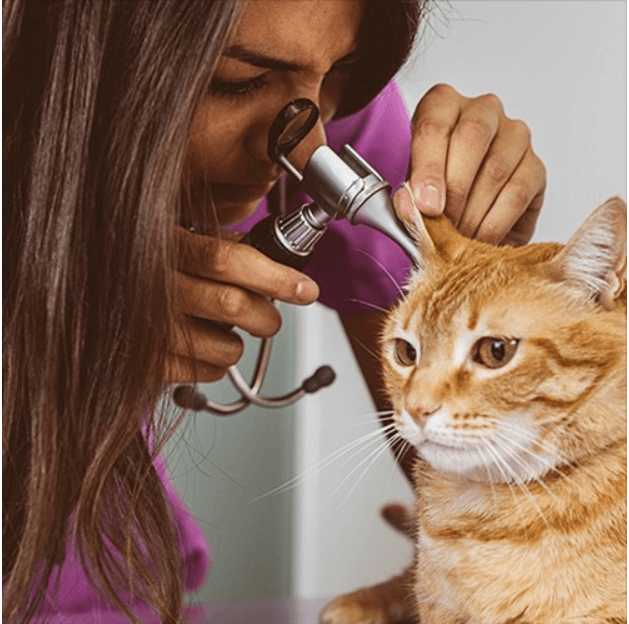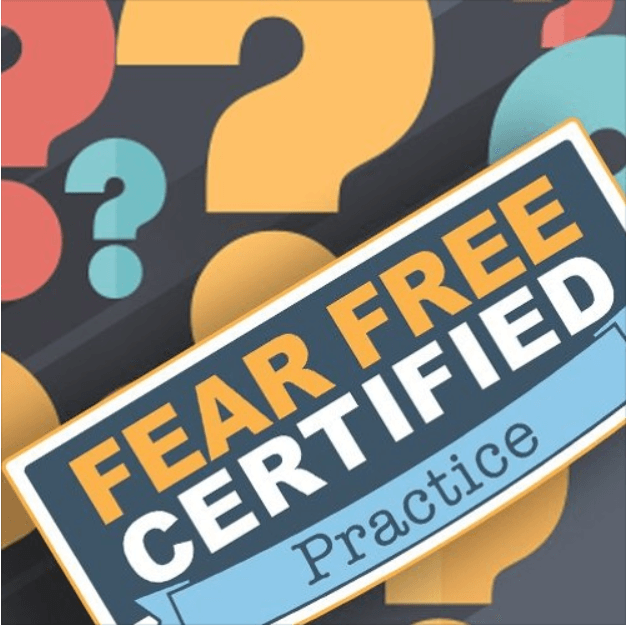
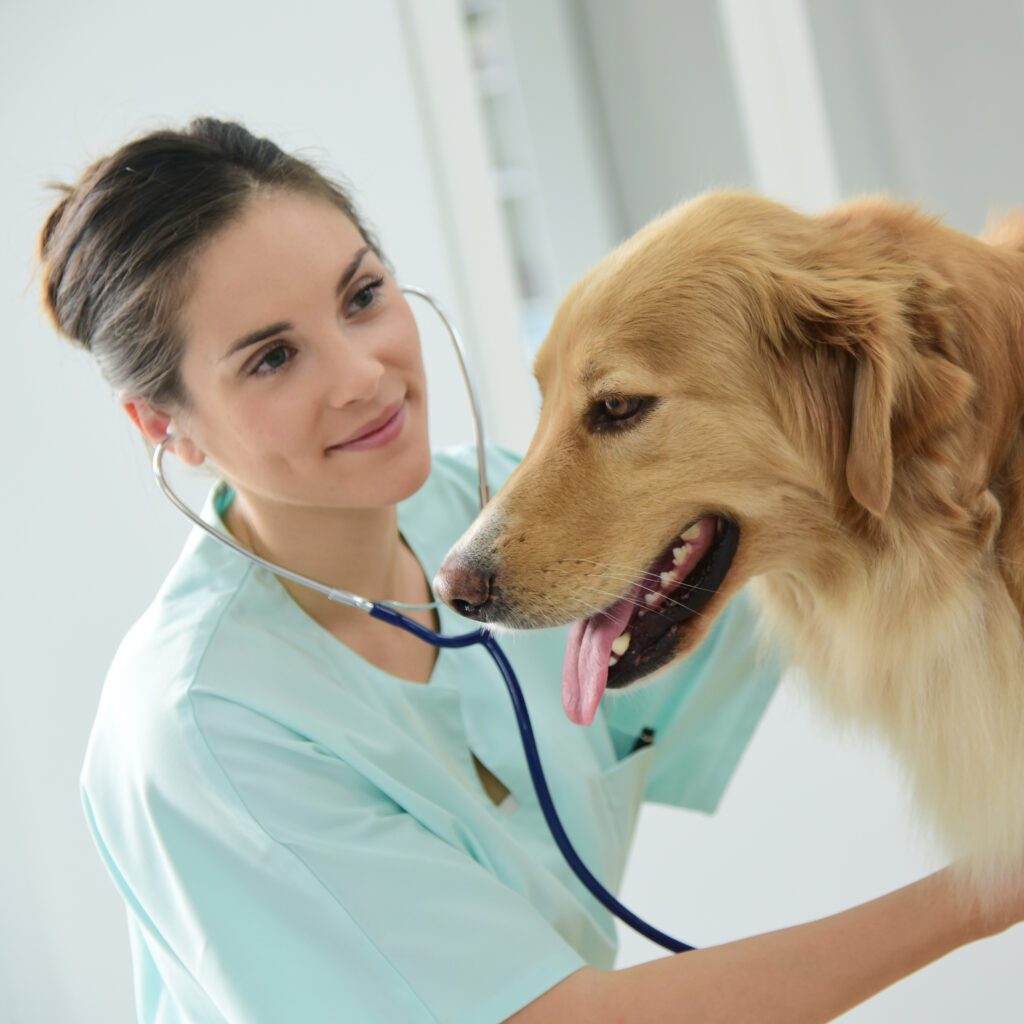

Course Overview
In this course, you will learn ways in which the Fear Free Animal Trainer can partner in Fear Free efforts to keep animals calm during veterinary care, procedures, and even on the day of surgery. This includes teaching animals the concept of a Treat-Ment station, training them to accept passive restraint, and acclimating them to sounds and equipment used during common diagnostic procedures.
While it’s impossible to train for every possible scenario, general training strategies can be practiced, such as training a dog to lie on his side while being handled, preparing him for an injection, or teaching him to indicate his willing consent for handling or care.
Through several in-hospital and at-home video tutorials, you will learn step-by-step how to proactively prepare animals for procedures such as ECGs, radiographs, ultrasounds, surgery, and more.
This module has been approved for 1.5 CEUs from CCPDT, IAABC, and KPA as well as 1 RACE approved CE hour.
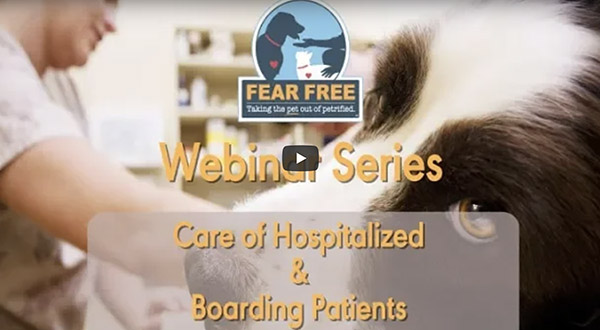
Care of Hospitalized and Boarding Patients
Dr. Rachel Abrams
Join Fear Free Practice Certification Manager Dr. Rachel Abrams for an overview of the path to practice certification and a discussion about preventing and alleviating FAS in your hospitalized and boarding patients.

What’s that you smell?
We know that dogs’ and cats’ sense of smell if far superior to ours. What can we do to to optimize their olfactory experience? In this webinar, Fear Free Practice Certification Manager Dr. Rachel Abrams will take a closer look at Optional Facilities Standard 4.8 “Cleaning protocols to improve olfactory experience for pet are in place.”
All webinars in this series open with a brief overview of the path to practice certification and conclude with a live Q&A session.
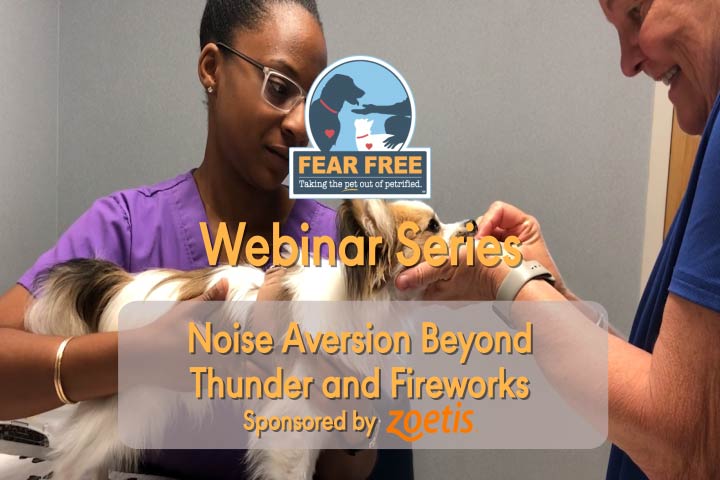
Do You Hear What I Hear? Noise Aversion Beyond Thunder and Fireworks
Noise aversion isn’t only about thunder and fireworks. Many of your patients are suffering daily from noise aversion to everyday environmental events.
What can the veterinary professional do? In this webinar, sponsored by Zoetis, board certified veterinary behaviorist and Fear Free Executive Council member Dr. Lisa Radosta discusses a variety of treatments that can help patients with noise aversion live happier lives.
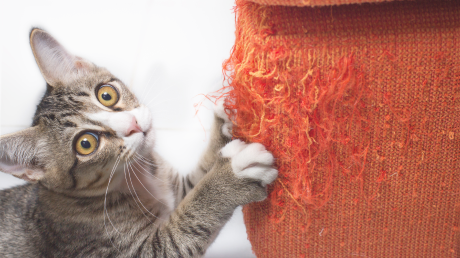
In this one-hour module, you will learn what natural functions scratching serves for cats; common owner responses to scratching and the problems associated with them; and the potential fallout from declawing cats. Most importantly, you’ll come away with several safe and effective alternative solutions to the problem of unwanted scratching, and a made-for-owners handout to help guide them in the right direction.
This module is open to all professionals that are already signed up for the certification program, and is RACE approved for 1 hours in the category of Scientific.
- Feline Destructive Scratching is divided into five lessons:
- Lesson 1: Feline Scratching Defined (The Good)
- Lesson 2: Scratching as a Problem for Owners (The Bad)
- Lesson 3: Common Responses (The Ugly)
- Lesson 4: Why Not Surgically Declaw Cats?
- Lesson 5: Safe, Effective Alternatives to Declawing
